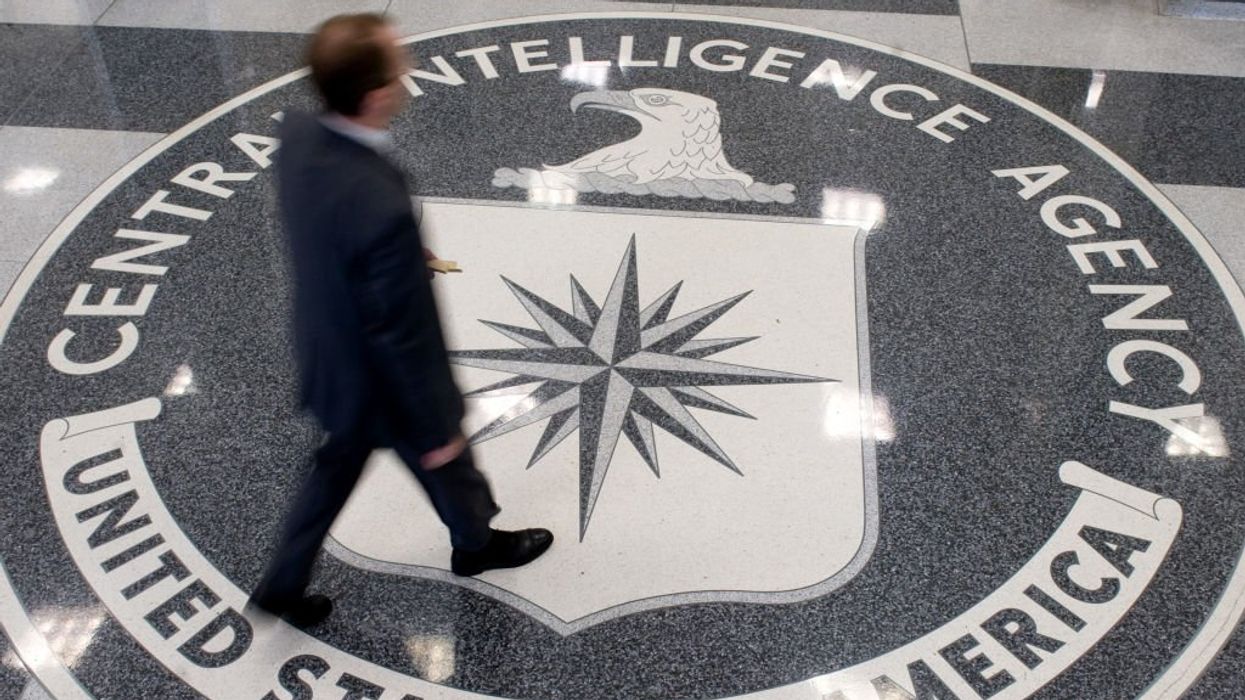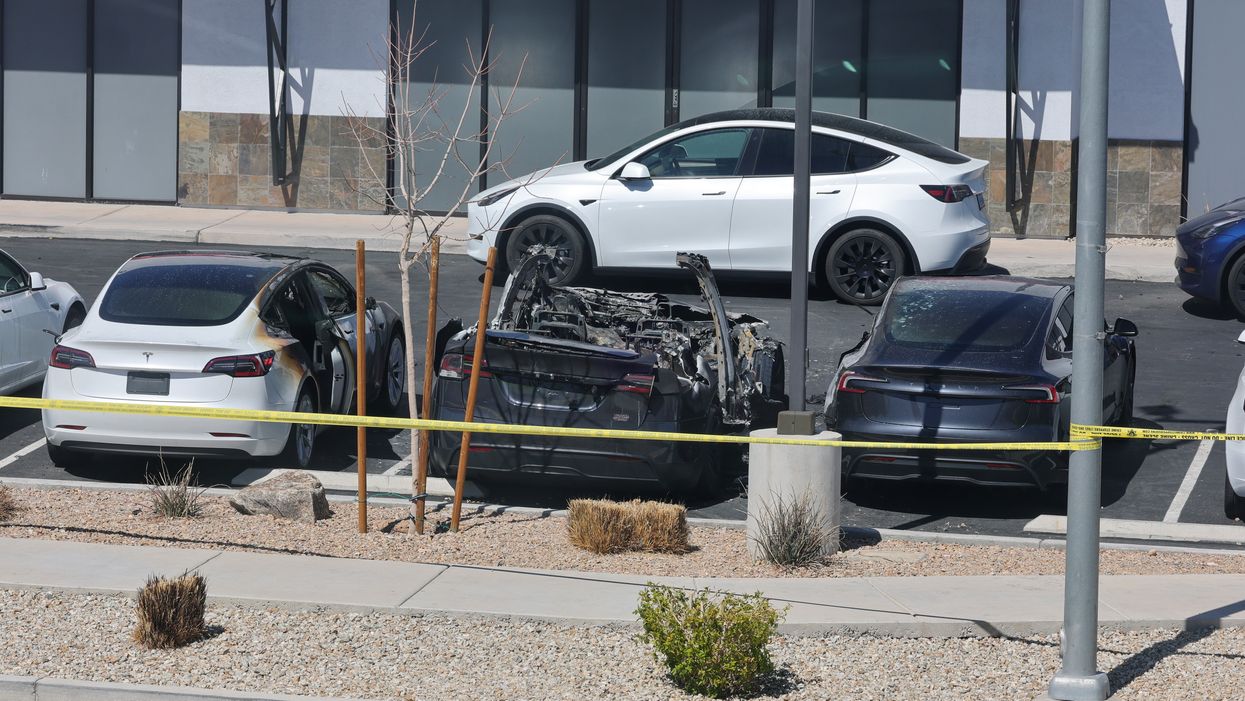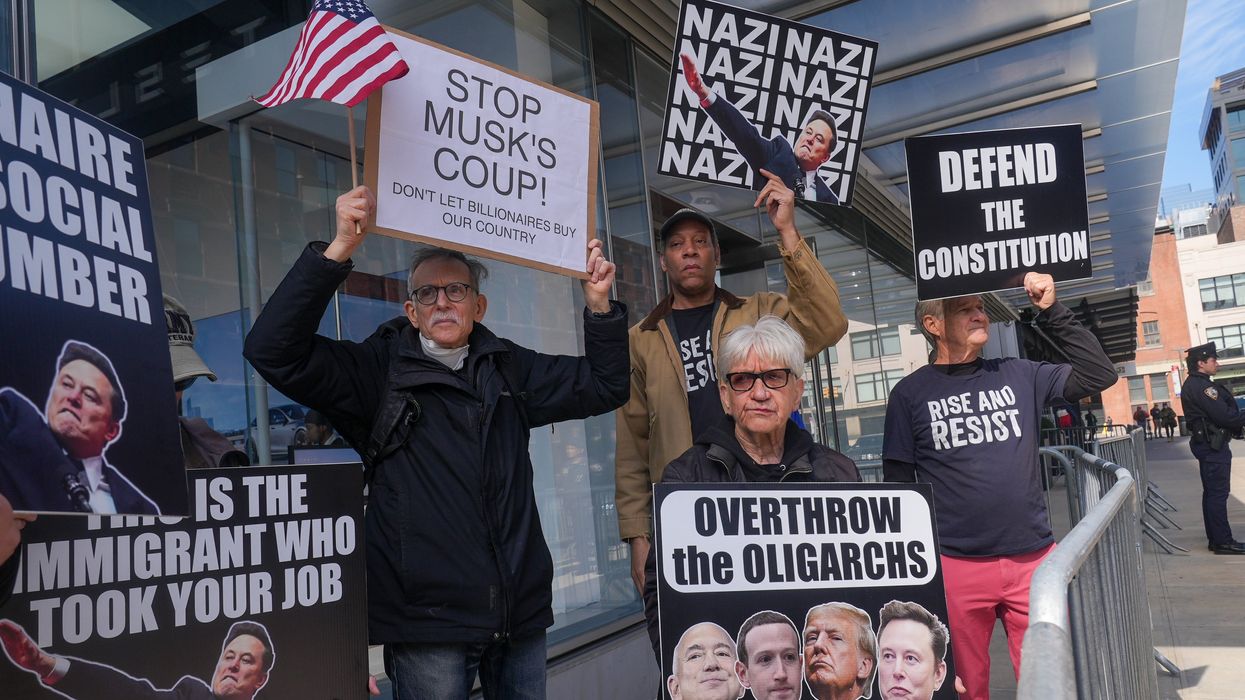California's progressive policies emphasize ideology over lifesaving solutions. The destruction will persist until voters hold their elected officials accountable.
America is no stranger to natural disasters. But it’s not the fires, floods, or earthquakes that are the most devastating — it’s the repeated failures to learn from them, prevent them, and take responsibility for the damage.
My heart goes out to the families who have lost homes, cherished memories, and livelihoods. But if we’re going to help California rebuild and prevent future disasters, we need to confront some uncomfortable truths about leadership, responsibility, and priorities.
California — ironically, in the name of environmentalism — continues to ignore solutions that would protect both the environment and its residents.
While Californians continue to face heart-wrenching losses, those who have the power to enact change are mired in bureaucracy, regulation, and ideologies that do nothing to protect lives or preserve the land. The result? A state that keeps burning, year after year.
Where did all the water go?
We all know that water is essential to life. When NASA searches for signs of life on other planets, it looks for water. Yet, California has spent decades neglecting its water infrastructure. The state hasn’t built a new major reservoir since 1979 — over 40 years ago. Back then, California’s population was roughly half what it is today. Despite massive population growth, the state’s water storage capacity has remained frozen in time, woefully inadequate for current needs.
Moreover, billions of gallons of rainwater flow straight into the ocean every year because no infrastructure exists to capture and store it. Imagine how different things could be if California had built reservoirs, aqueducts, and desalination plants to secure water for its dry seasons.
Water is life, but the state’s failure to prioritize this essential resource has put lives and ecosystems at risk.
Misplaced priorities and critical leadership failure
This neglect of critical infrastructure is part of a larger failure of vision, and in California, the consequences of that failure are on full display.
Consider the progressive leadership in Los Angeles, where the mayor cut the fire department’s budget to fund programs for the homeless, funneling money to NGOs with little oversight. While helping the homeless is a worthy cause, it cannot come at the expense of protecting lives and property from catastrophic fires. Leadership must put safety and well-being over political agendas, and that’s not happening in Los Angeles.
The same misplaced priorities extend to environmental policies. Progressive leaders have blocked sensible forest management practices, prioritizing dead trees over living creatures. They reject controlled burns, forest thinning, and other commonsense measures, bowing to the demands of activists rather than considering real solutions that would protect those they govern.
California’s wildfire crisis is, in many ways, a man-made disaster. Yes, factors like Southern California’s dry climate, strong Santa Ana winds, and little rain play a role, but the biggest contributing factor is poor land management.
The forests are choked with dry brush, dead trees, and vegetation that turn every spark into a potential inferno. The crisis could have been mitigated — if only the state had made forest management and fire prevention a higher priority.
Finland and Sweden, for example, understand the importance of maintaining healthy forests. These countries have perfected the art of clearing underbrush and thinning trees sustainably, turning potential fire fuel into biomass energy. This approach not only reduces the risk of wildfires, but it also creates jobs, boosts the economy, and improves the ecosystem. And yet, California — ironically, in the name of environmentalism — continues to ignore these solutions that would protect both the environment and its residents.
We need to stop pretending that something as devastating as the Palisades and Eaton fires are just “part of life” and hold leaders accountable.
Insurance rules put California residents at risk
California faces another major and often overlooked liability when it comes to natural disasters: insurance.
California’s ongoing disasters make the state an uninsurable risk. Insurance companies are pulling out because the odds of widespread devastation are just too high. This creates a vicious cycle: With private insurers gone, the government steps in to subsidize high-risk areas. This enables people to rebuild in fire-prone zones, perpetuating the destruction. The solution isn’t more government intervention; it’s better decision-making.
This doesn’t mean abandoning people to their fate, but we must address the root of the problem: California’s inadequate disaster preparedness and poor land management. If the state continues to resist commonsense solutions like forest thinning, controlled burns, and better zoning laws, no amount of insurance or government assistance will ever be enough to mitigate the losses. The cycle will repeat until the costs — financial and human — become unbearable. It’s time to stop pretending the risk isn’t real and start making decisions that reflect the reality of California’s landscape.
What’s the solution? California’s government needs to put its people over harmful political agendas that put its residents at risk. Start by managing your forests. Implement controlled burns, remove dead trees, and clear underbrush.
But how you vote matters. California’s progressive policies have focused on political correctness and ideology instead of practical, lifesaving solutions. Until voters hold leaders accountable, the cycle of destruction will persist.
Editor's Note: This article was originally published on TheBlaze.com.






